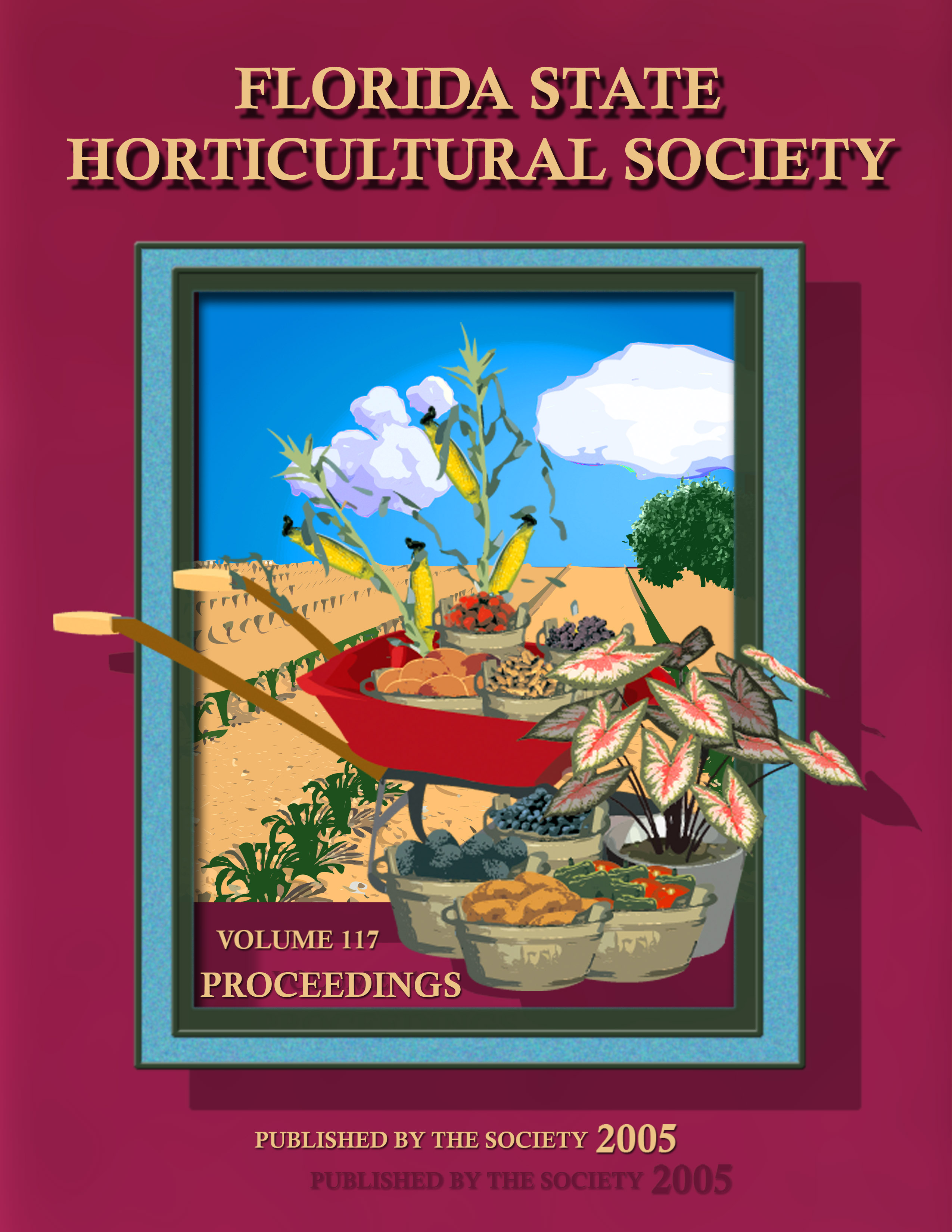Abstract
Experiments were conducted in Gainesville, Florida to determine the effect of foliar-applied aminolevulinic acid (ALA) and acetylthioproline (AP) on the growth and aesthetic quality of weed-free and green kyllinga-infested St. Augustine turfgrass. ALA and AP (300 mg L[sup-]) were applied seven times at 20-days intervals. St. Augustine turfgrass density, leaf area, aboveground and belowground dry weight, and aesthetic quality were determined. Shoot dry weight was determined in green kyllinga. Applications of ALA and AP resulted in increased density, leaf area, aboveground and belowground dry weight in weed-free and green kyllinga-infested St. Augustine turfgrass. In weed-free St. Augustine turfgrass, biostimulant treatments enhanced aesthetic quality. However, in weedy St. Augustine turfgrass, both biostimulants increased green kyllinga shoot dry weight, resulting in reduced aesthetic quality in the turfgrass, in spite of improved turfgrass density and leaf area. This research showed that AP and ALA may be useful to improve weed-free residential St. Augustine turfgrass growth and aesthetic quality, but the use of these biostimulants may not be advisable in green kyllinga-infested St. Augustine turfgrass, due to their unsightly stimulatory effect on weed shoot growth.

